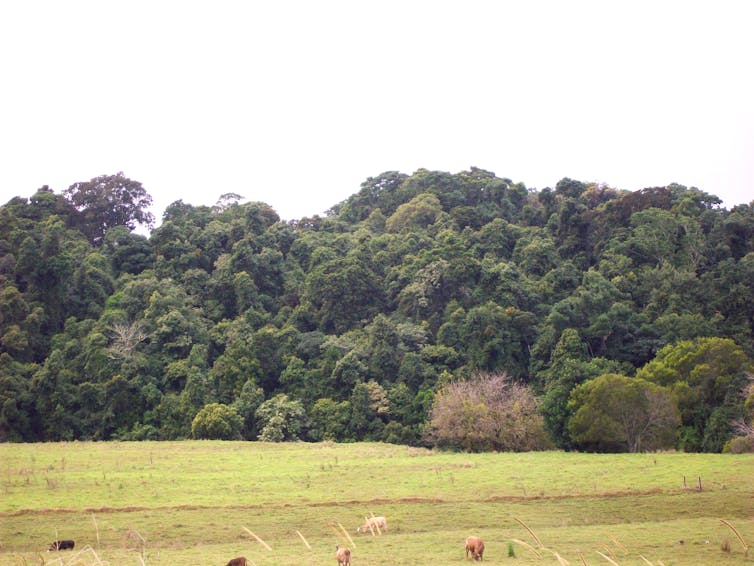The Hon Mark Butler MP
Minister for Health and Aged Care
The Albanese Government is delivering on one of its core election commitments to make it easier for thousands of Australians in outer suburbs and regions to see a GP.
An update of the Distribution Priority Area (DPA) classification system will now recognise 700 areas with either full or partial DPA classification, meaning practices will be able to recruit GPs from a much wider pool of doctors.
This is a result of the Albanese Government’s election commitment to provide automatic DPA classification to regional centres classified as Modified Monash (MM) 2, as well as maintaining exceptional circumstances DPA classifications.
Areas such as Cairns, Townsville, Kiama, Torquay and Two Rocks, among others, will now be DPA classified.
Areas with chronic GP shortages such as the NSW Central Coast, Caboolture, and Narangba – Burpengary catchments will also be given priority DPA access.
This is a commitment from the Albanese Government to continue to support and encourage GPs to work in communities in need and provide regional and rural Australians with more equitable access to quality care.
The DPA changes will take effect from today.
Comments attributable to Health and Aged Care Minister Mark Butler
“The previous government neglected our hardworking GPs for more than a decade, with regional Australia suffering the most from their inaction.
“I am proud to be able to quickly deliver on our election commitment to provide more doctors for regional Australia.
“These much-needed GPs will be able to move into these areas of need and get to work immediately, providing Australians with essential care close to home.”
Comments attributable to Assistant Minister for Rural and Regional Health Emma McBride
“As a pharmacist of 20 years and a local MP, I understand the importance of quality health care close to home.
“The further you live outside a big city, the harder it is to access healthcare which is why it’s so important to give these communities priority access to GPs.
“I look forward to continuing my work with GPs, training colleges, medical schools, and the states and territories to find ongoing solutions to the health challenges in their communities.”







